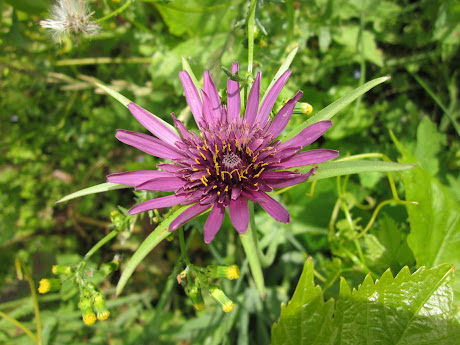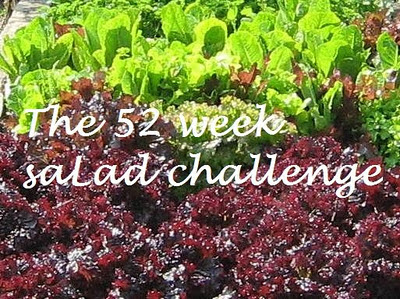Garden Bloggers' Muse Day: Bees do have...
Indeed they do, honeybees at least. It's all down to the pheromones they release. According to this article the alarm pheromone which prompts honeybees to attack and sting - sometimes en masse - when threatened is strong enough to be smelt by humans and is similar to bananas.
I had to read this quote twice because I'd mentally added 'sense of' before smell. Another quick googling and I've learned their sense of smell is far better than taste. According to the North Shropshire Beekeepers Association their sense of smell is far greater than dogs and some bees are used to detect landmines. Under normal circumstances this highly tuned sense is needed for pheromone detection and they have smell sensors in their mouths, antennae and the tips of their legs.
Back to my photo... I had a wonderful time on Saturday watching this early bumblebee loving the crocus flower on my patio. I first met her bum up as she dived deeply down into the flower. I had to wait quite a while to capture this fuller shot of her as she came slowly up seemingly for air before diving down again... and again... and again. It's early in the season which is why I know my bumbler was a female, probably only recently emerged from her winter quarters and needing to stock up on food for herself and her forthcoming brood. She was certainly having a good feed amongst my crocus. We often think of the importance of nectar for our bees, but pollen is needed too, as food for her brood. Back in her nest that pollen coating will be rolled up into snack balls for the emerging bees.
Saturday's close encounter of a bee kind wasn't the first this week. I met up with a friend for a walk on Tuesday and I'd deliberately chosen to take us to the top of Monkton Park to see how the crocuses were doing. Our timing was perfect with the spring sunshine bringing them out into full bloom. A bumble bee ambled by much to my friend's surprise and delight and we chatted about how good crocuses are for bees, timed to bloom exactly when they are needed the most. I felt the bee and the zingy spring sunshine were good omens of better times to come.
Like the bees, last week's sunny days brought what seemed like the whole town out, blinking and stretching in the sunlight after the long, hard winter we've had under lockdown. All the benches in the park were fully occupied and there was a distinct sense of cheerfulness and optimism in the air.
Long may it continue.
PS you may be wondering how I knew it was an early bumblebee in my crocus. I found out via this excellent guide. The whole blog looks useful for anyone interested in urban bees.












Great shot and really cool information. I didn't know bees were used to detect landmines, WOW! I love the grass planted with crocuses!
ReplyDeleteIt's a bit mind blowing isn't it Karin? I feel a bit sorry for the bees sensitised to detecting TNT instead of their usual scents. At least they get a nice sugary reward for their efforts. The grass + crocus is one of my favourites too - it's in a lesser known part of the park, so it's kinda semi secret. I discovered it last year and I'm sure they've multiplied :)
DeleteMultiplying crocus is clear evidence of hope rewarded.
ReplyDeleteMost definitely Diana! I know of quite a few local mass plantings, the most notable of which is the one at Lacock Abbey where they've been multiplying for well over a century. We're going there this week to see how they're doing.
DeleteHow interesting! I have a few crocus open, but it’s still quite chilly, and I haven’t seen any bees yet. Soon!
ReplyDeleteAll it takes is a sunny day and they'll be there Robin :)
DeleteOh how interesting VP! I will have to quiz the beekeepers at the allotment when I see them next time. A beautiful photo of a pollen dusted bee and what a drift of crocuses in the park
ReplyDeleteThanks Anna! Such a delight to see :)
Delete